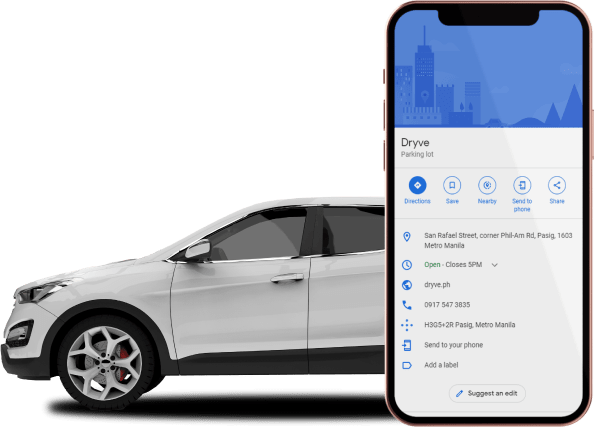1. Review the Odometer
Mileage is one of the clearest indicators of a car’s usage. Low mileage generally points to less wear and tear, while higher mileage may suggest more maintenance ahead. Always compare the mileage with the vehicle’s age to see if it is consistent.
2. Inspect the Engine Bay
Open the hood and conduct a visual inspection:
- Battery condition – Look for corrosion or loose connections.
- Engine oil and fluids – Check if the oil is clear and at the proper level.
- Leaks – Inspect for any visible leaks from oil, coolant, or transmission lines.
These details can reveal how well the car was maintained by its previous owner.
3. Start the Engine
While you may not drive the car, you should be able to start it. Pay attention to:
- How quickly and smoothly the engine starts.
- Whether the engine idles steadily without unusual vibrations.
- Any unusual smoke from the exhaust.
These initial signs can reflect the car’s mechanical health.
4. Perform a Basic Gear Engagement Test (If Allowed)
Some banks permit a limited “atras-abante” or forward-backward movement. This can help you assess whether:
- The transmission engages properly.
- There are unusual noises during shifting.
- The brakes respond effectively.
5. Evaluate Tires and Suspension
Check the tires for even wear; uneven tread could point to alignment or suspension concerns. You can also apply light pressure on each corner of the car to check if the suspension absorbs properly or if it bounces excessively.
6. Test Electrical Features
Switch on the car’s electronics, including lights, wipers, air conditioning, power windows, and the infotainment system. Though these may appear minor, repair or replacement can be costly.
7. Verify the Appraisal Report and Documentation
Banks usually provide an initial appraisal report outlining the car’s condition. Review this carefully and ensure the vehicle comes with complete and valid documents such as the original OR/CR. Transparency in both condition and paperwork is crucial in repossessed car transactions.
Final Recommendation: Bring a Mechanic
If you are not confident in conducting the inspection yourself, bring along a trusted mechanic or experienced car buyer. Their expertise can help you identify issues you might overlook.
Even without a test drive, you can still make a smart and secure decision when purchasing a repossessed car. By thoroughly inspecting the unit, reviewing the paperwork, and seeking expert advice, you can avoid unexpected costs and buy with confidence.
At Dryve PH, we make sure every client has access to transparent appraisals, reliable information, and fair pricing. Because buying a car — even “as is, where is” — should feel less like a risk and more like a smart investment.
Browse the full list of available units with photos at www.dryve.ph, or connect with us on Facebook, TikTok, and Instagram at Dryve PH.
A smarter way to buy starts here. It’s easy, #JustDryve














